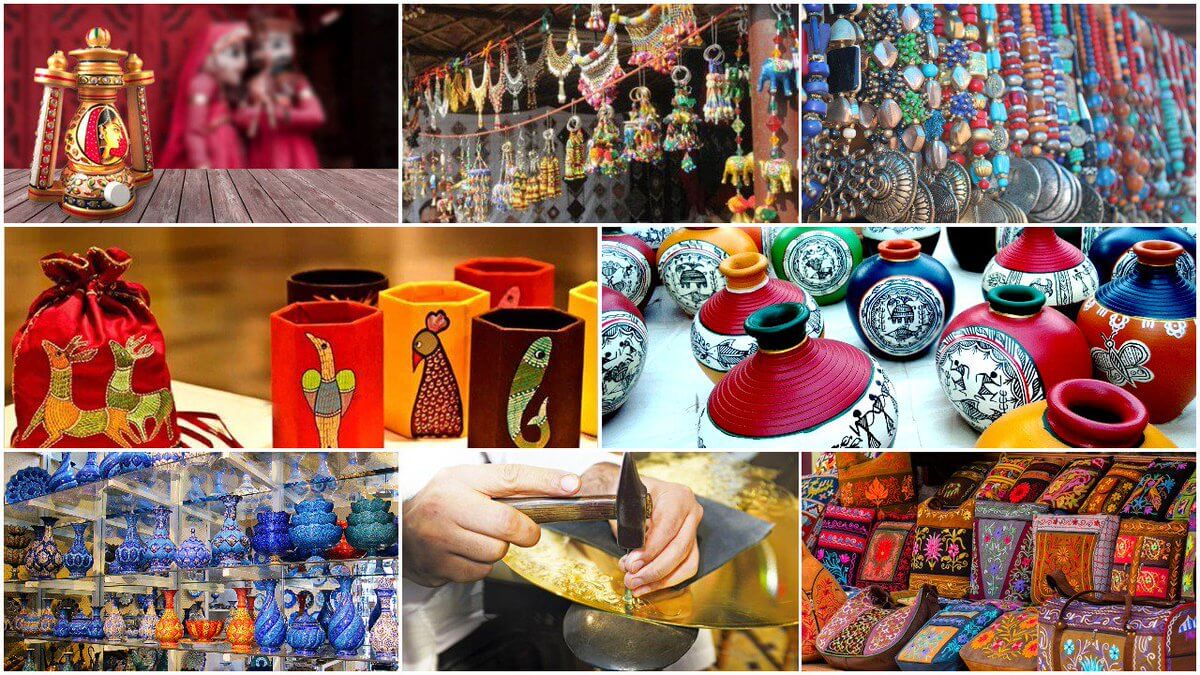The world of handmade craftsmanship is a rich tapestry woven with cultural threads, each region contributing its unique colors and textures. This article embarks on a unique exploration into the differences between handmade creations in America and Asia. Join us as we unravel the diverse nuances, traditional influences, and contemporary expressions that shape the distinct charm of handmade artistry on both continents.

I. Handmade Traditions in America
A. Artisanal Revival in the United States
Dive into the resurgence of artisanal craftsmanship in the United States. Explore how American artisans, inspired by a desire for authenticity, have revived traditional techniques and infused them with contemporary flair.
B. Diversity of Artisanal Practices
From handcrafted leather goods to bespoke ceramics, discover the diverse spectrum of artisanal practices flourishing across America. Each region and community contributes its unique touch to the handmade landscape.
II. The Influence of American Culture
A. Individualism and Personal Expression
American handmade creations often reflect a strong sense of individualism and personal expression. Explore how artisans use their craft as a canvas for self-expression, resulting in one-of-a-kind pieces that tell a personal story.
B. Sustainability and Ethical Craftsmanship
Sustainability and ethical considerations play a significant role in American handmade movements. Learn how artisans prioritize eco-friendly materials, ethical production practices, and a connection to the environment.
III. Asian Handmade Traditions
A. Centuries-Old Craftsmanship
Asia boasts a rich history of handmade traditions that span centuries. Delve into the world of intricate textiles, delicate ceramics, and traditional techniques passed down through generations.
B. Cultural Symbolism in Artisanal Creations
Artisanal creations in Asia often carry deep cultural symbolism. Explore how handmade items, from textiles to pottery, serve as carriers of cultural heritage, storytelling, and ancient symbolism.
IV. The Influence of Asian Philosophy
A. Harmony and Balance
Asian handmade artistry is often characterized by a pursuit of harmony and balance. Understand how philosophies such as Zen and Feng Shui influence the aesthetics and design principles of handmade creations.
B. Mastery and Patience
Asian artisans are celebrated for their mastery and patience in perfecting their craft. Explore how the emphasis on meticulous craftsmanship and patience results in heirloom-quality pieces.
V. Aesthetics and Design Sensibilities
A. Minimalism and Simplicity in American Handmade
American handmade creations often embrace minimalism and simplicity. Explore how artisans draw inspiration from modern design principles to create clean, functional, and aesthetically pleasing pieces.
B. Intricacy and Ornamentation in Asian Handmade
In contrast, Asian handmade items often showcase intricate details and ornate designs. Discover the beauty of hand-carved patterns, intricate embroidery, and meticulously adorned surfaces.
VI. Handmade in the Global Marketplace
A. Impact of Globalization
Globalization has brought American and Asian handmade creations into a shared marketplace. Explore how cross-cultural influences and collaborations contribute to a melting pot of creative expressions.
B. Challenges and Opportunities
While globalization opens doors to new opportunities, it also presents challenges. Investigate how artisans navigate issues such as cultural appropriation, fair trade, and the commodification of handmade goods in the global market.
VII. Celebrating Diversity and Collaboration
A. Cross-Cultural Artistic Exchanges
Celebrate the beauty of cross-cultural artistic exchanges. Discover how American and Asian artisans collaborate, exchange ideas, and draw inspiration from each other’s traditions, creating a rich tapestry of global handmade artistry.
B. Preserving Heritage in a Modern World
As handmade traditions evolve, explore the efforts to preserve cultural heritage in a modern world. Understand how artisans and communities work to pass down traditional techniques while adapting to contemporary demands.
Conclusion: A Global Symphony of Handmade Artistry
In conclusion, the differences between handmade creations in America and Asia contribute to a global symphony of artistry, diversity, and cultural richness. From the individualism of American craftsmanship to the centuries-old traditions of Asia, each region’s handmade landscape offers a unique perspective on the intersection of culture, art, and tradition. As we celebrate the distinct charms of handmade artistry on both continents, let us cherish the interconnected threads that weave together the global narrative of artisanal craftsmanship.